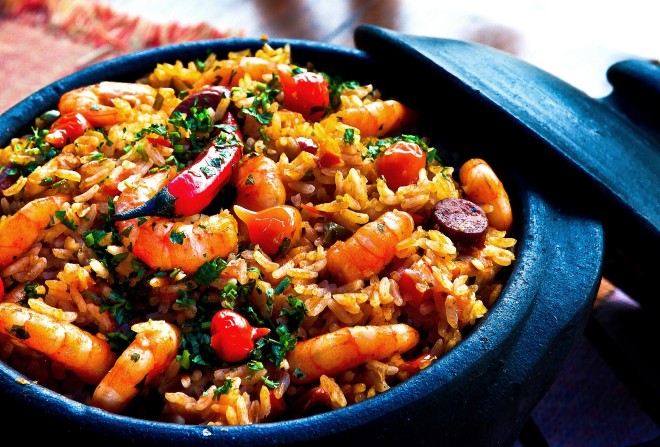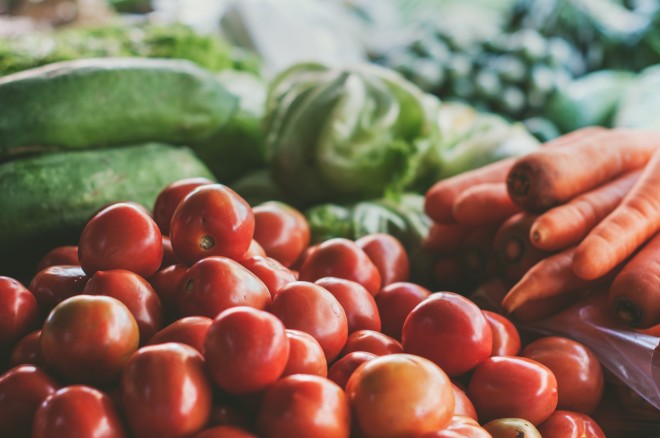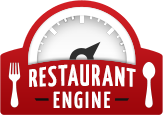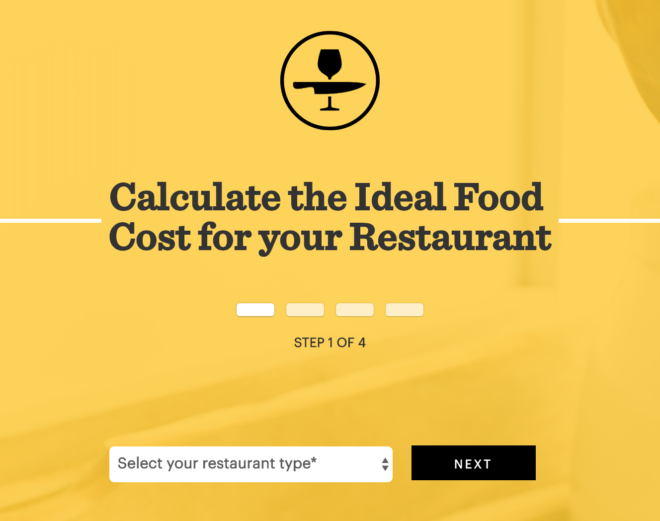How To Determine Food Costs For A New Menu

When you offer high quality food and great ambiance, you can charge more.
You’re almost ready to open your restaurant, and your new menu is finalized, but what about that all important task of pricing your menu items?
Have you been avoiding this task? If so, we’re going to give you some simple formulas you can use in your spreadsheet for calculating food costs.
In this article, we look at how to determine food costs for a new menu.
How to Price Your Menu
Food costs are important to your bottom line. You want to determine your menu prices while implementing cost-controlling measures for added profitability.
It’s vital to determine appropriate prices for your food because this is where your profits come from. (tweet this)
While there are several ways to price your menu such as charging three times the cost of what you pay for food and supplies or trying to be just a bit lower than your competition, guess work isn’t the best way to manage your food costs.
When pricing your menu, you want to incur as little risk as possible. Your prices have to meet the needs of your bottom line, but they also must meet the budgetary needs of your target market.
As you set your prices, know that they affect your restaurant’s profitability. This is why it’s important to get to the task of determining food costs as soon as you can.
Things to Consider
Before you set to pricing, there are a few aspects of food costs for you to consider. You’ll want to monitor these on an ongoing basis as their fluctuations can affect your menu prices.
- Direct costs are what you pay outright for the food as well as costs related to portion sizes and food waste.
- Indirect costs are the things you pay for that aren’t actually an ingredient. This is part of your restaurant that adds to the value and quality of your food – think table décor, ambiance, lighting, etc.
- Overhead expenses are what it costs to run your restaurant such as your marketing strategy.
- Labor expenses are part of your indirect costs. For example, if you are cooking a labor intensive dish, you want to raise the price to accommodate the extra prep time and labor costs.
- Volatile food costs usually account for what you pay for meat, fruits and vegetables as the prices for these items can fluctuate due to the seasons.
- Service costs can raise or lower the prices of your menu depending on the type of restaurant. For example, you can charge less at a casual restaurant because you spend less on service. If your restaurant is fine dining, the prices go up. Don’t over-price here – make sure the price fits the quality of your service.
- Pricing boundaries involve knowing the lowest and the highest amount you can charge for your menu item. For example, if you add a steak to your menu, know that you want to charge between $15-25 for it. Know your profit margin for both ends of the spectrum. Then, research your market to know what they’ll pay.

Food quality counts when factoring your food costs.
Pricing Methods
As a restaurant owner, you have several options when it comes to determining food costs for a new menu. We’ll present a few here, and you can choose the one that works best for your business, or you can skip to the bottom to use a handy-dandy food cost calculator, which will give you a good ballpark estimate.
Pricing Formula #1: Determine the price by dividing the purchase cost by the portion. This gets you the portion cost.
For example, you buy 100 pounds of chicken at $1.50 per pound, so your purchase cost is $150. Say you use half a pound of chicken per portion $150/200 (half pound divided by 100), and you arrive at a cost of $.75 per portion.
Do this for each part of the menu item. You might have meat at $.75, rice at $.50 and vegetables at $1.25 for a total of $2.50.
Then, you divide this by a per-determined percentage. The average food cost for most restaurants is around 25-35%. If you use 30%, you get $2.50 divided by 30% for a total of $8.33. Because that’s a strange number, you could either price the dish at $8.50 or $9.00.
Pricing Formula #2: With this formula, you take the general market price as determined by your competition into consideration. You have a few choices when pricing this way:
- Price your item the same as your competitor. If you both sell a burger and fries, price yours the same.
- Price your item slightly lower. This helps you attract customers looking for a deal.
- Price your item slightly higher. Subconsciously this attracts customers looking for higher quality.
Pricing Formula #3: Another way to determine food costs is to take the raw food cost of the item and divide it by the desired food cost percentage to get the final price.
First, you have to know the cost of every ingredient in your recipe from the olive oil and salt to the meat. Then, you’d account for any side items. Everything you put on the plate matters.
You also want to take into account the perceived value of the item as well as the indirect costs. You want to stay abreast of the market and any fluctuations in food prices.
For example, if you decide you want a food cost percentage of 35%, and you allow a variance of 5% for market changes, you want to aim for 30% when pricing across the board.
Pricing Formula #4: The last pricing method we’ll discuss involves pricing your menu based on supply and demand.
If your restaurant is in a place of high demand, you can charge more for your menu because people will be more willing to pay the price. (tweet this)
If the demand is greater than the supply, you can justify a higher price. If you offer specialty items, a unique ambiance, or your food is in high demand, you can charge more. This formula requires you to be well acquainted with your market.
Pricing Formula #5: Use Upserve’s quick Food Cost Calculator to determine the weekly costs, which will take the following into consideration before doing the hard work for you — the restaurant type (ie. bar, fine dining, etc.), annual sales and location.
Final Thoughts
Managing your food costs and coming up with prices for your new menu involves some legwork. Not only do you want to come up with a pricing scheme, you want to keep your costs at appropriate levels.
You want to take great care with your food cost fitness. Use your spreadsheet to calculate food costs and pay attention to the following:
- Shop around for the best prices.
- Brand management. Lesser known brands are often more cost effective.
- Appropriate portion sizes. This cuts down on waste.
- Meal composition. Use more of the less expensive items.
- Dish size – make sure it’s appropriate to a smaller portion.
- Use regular size serving utensils so you don’t serve too much.
- Don’t give away too many freebies – think bread and butter.
When determining food costs for a new menu, take your food costs, supplies and overhead into consideration. Every little thing counts. Know what your market can handle and price accordingly.
Be sure to provide a menu that is worthy of its price, and you’re sure to encourage diners to return again and again.
Let us help jump start your digital marketing today with a mobile-friendly online menu. Take a tour of Restaurant Engine and launch your restaurant website this weekend!
We build responsive, mobile-friendly restaurant websites with dynamite online menus. Contact us today for your free website consultation. We are here to help you update your website and stand out in the crowd so you can stay ahead of your competition and grow your positive online presence with your restaurant website.
Images: Cel Lisboa and Sven Scheuermeier



Leave a Reply